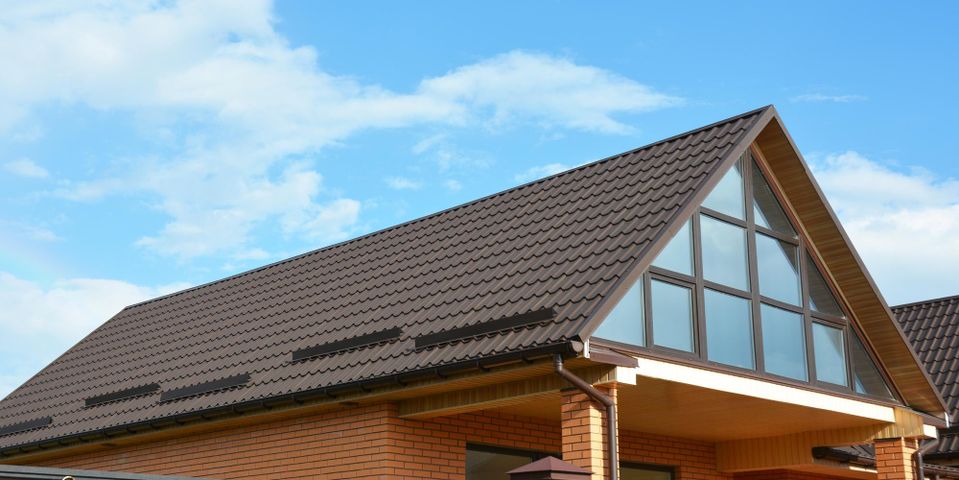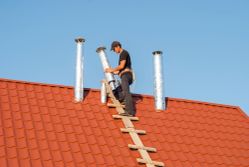5 Critical Components of a Residential Roof

Your roof installation protects your home from the elements and can tie the exterior aesthetic together. However, daily wear can take a toll on its condition. While a missing shingle might catch your attention, it could be a sign of a problem that goes through all the layers of your roof. The guide below looks closer at those layers and what their roles are.
Anatomy of a Roof Installation
1. Covering
The outermost layer, this is what gives the roof its curb appeal. Most homes utilize asphalt shingles because they are durable for a lower cost compared to metal sheeting or clay tiles.
However, asphalt has a limited life span of about two decades—with shingles sometimes blowing off in high winds or curling under the light of the sun. To avoid the secondary consequences of a roof leak, have damaged shingles patched immediately.
2. Underlayment
This thin layer rests just under the shingles to provide additional protection from water damage. It also has insulative properties. However, if it isn’t installed properly, it can quickly come unfastened. Therefore, when seeking a new roof installation, look for a contractor offering a warranty on their work.
3. Metal Flashing
Professional roofers install these rust-proof metal pieces to the seams and edges of the roof to control water runoff. While sturdy, flashing can warp due to extreme temperature fluctuations. Alternatively, these parts might bend as the house settles. A roof inspector will check for this problem during their annual inspection.
4. Ventilation
 Without the right ventilation system, a home’s attic becomes excessively humid. The humid air combined with a lack of light creates conditions that allow mold to grow.
Without the right ventilation system, a home’s attic becomes excessively humid. The humid air combined with a lack of light creates conditions that allow mold to grow.
Poor ventilation also deteriorates shingles faster because it traps warm air in the attic underneath the covering. Check your attic vents regularly to make sure they have not become blocked or damaged by snow, leaves, or an animal.
5. Insulation
This final layer works in conjunction with the ventilation system to protect the interior of the home from extreme temperatures. It keeps the more moderate air within the home and prevents the air outside from getting in. It naturally wears down slowly over time, but it’ll deteriorate faster if it experiences water damage. That allows air to escape more easily, which puts added strain on the HVAC system.
If you’re experiencing any issues with the components of your roof installation, contact the experts at Pinnacle Roofing & Siding in Lincoln, NE. Their team of roofing and siding contractors helps local homeowners protect their property from the elements with professional installations and repairs while utilizing locally sourced materials. Schedule a free estimate by calling (402) 560-0232. Learn more about their services online.
About the Business
Have a question? Ask the experts!
Send your question

